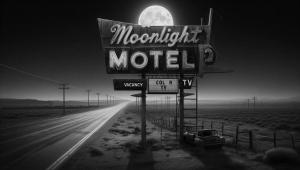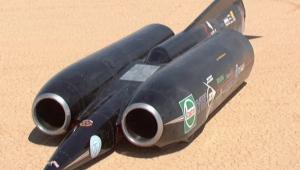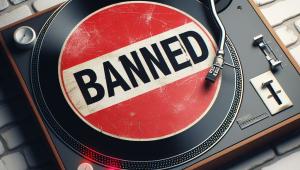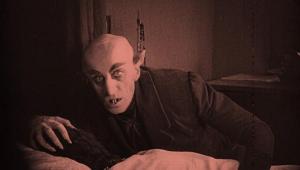The Strange World of "Numbers Stations"

Suppose that you run a government intelligence operation. From your headquarters, you need a way to communicate secret messages to your agents operating across the globe. Sure, you could give them all some super high-tech device. But if they were discovered with it, they would be instantly outed as spies. And, such a device would be expensive. Instead, how about a numbers station? From your headquarters, you broadcast short-wave radio transmissions of number sequences, each an encoded message to a particular spy. Each spy uses a short-wave radio to tune in, and decode the message. If discovered, possession of a standard radio has plausible deniability.
Numbers stations, in fact, have been a part of spy craft since World War I. And, although nothing can be known with certainty in the shadowy world of espionage, numbers stations were commonly used throughout the Cold War, and although uncommon today, are still being used. They are both obvious and secure, simple and effective, and untraceable. They provide an OWVL (one-way voice link) so that messages can be conveyed from one-to-one, or one-to-many, but never communicating in return. The spy in the field uses an OTP (one-time pad), a single-use, pre-shared key that allows the agent to decrypt the message; this type of coding is unbreakable. The string of seemingly random numbers you hear on the radio is actually an order to a secret agent to assassinate the Archduke.
Many numbers stations identify the start of a sequence with a fragment of a melody or a series of beeps or buzzes; some of the more infamous stations acquire their nicknames from this identifier. After that, comes the message — for example, the voice of a woman reading numbers in Russian. The transmission ends with some kind of a sign-off signal. In some cases, instead of voiced numbers, the message is conveyed via Morse code (talk about legacy technology!), brief musical notes or various weird sounds.
Okay, okay, I know you are anxious to hear what a numbers station sounds like. This YouTube video has some good snippets. And, this YouTube video provides a little more background on five numbers stations including three of the most infamous numbers stations, the Lincolnshire Poacher, Swedish Rhapsody, and the Buzzer. Wanting more? This YouTube video digs a little deeper (into paranoia).
Finally, to all of you faithful Signals readers, after waiting all these years, I can now give you your final instructions: seven, eight, one, nine, zero, one, three, seven, seven, seven, seven, five, eight, one, one, six. Good luck to you and your families. Signing off.





























































